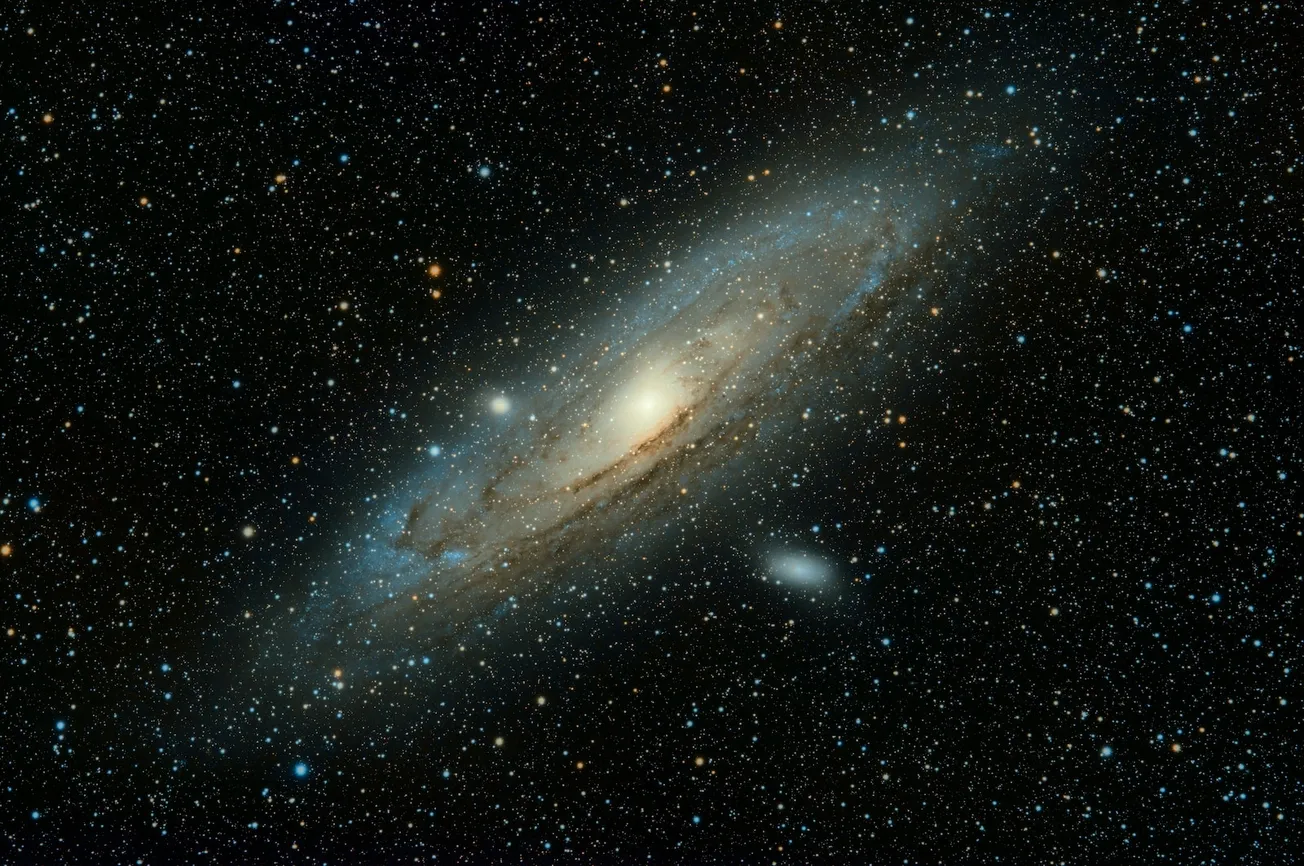The weirdest conceit of the Climate Alarmists is their apparent belief that the climate of the middle 20th century is somehow the optimum climate. When gibbering alarmists shriek about “temperature anomalies”, they are, of course, referring to how much the temperature supposedly varies from whatever it was during a baseline period. The major climate predictamators (NASA GISS and HadCRUT, for instance) use the period from around 1951-1990 as their baseline.
Which, it might have occurred to you, is the very period when most of the senior climate researchers graduated from college and went out to work. Funny that.
This blinkered view leads to the concomitant conceit that the mild warming of the late 20th century was somehow catastrophically unprecedented in Earth’s history. Indeed, this claim is endlessly repeated in the idiot media, along with the even more ludicrous hysteria that such mild warming is an existential crisis for the planet itself.
These people are loons. Anyone with even a rudimentary understanding of deep time and geological history should be well aware that the global climate has altered tremendously in the past — sometimes at a pace that makes the 20th century look like a leisurely amble. Just over 10,000 years ago, for instance, the climate was up and down like a bride’s nightie, fluctuating by up to ten degrees on a scale of decades.
It might have escaped the Climate Cult’s notice, but life on Earth is still around. (Although, if you were to attend a climate rally, you’d be rightly dubious about intelligent life.)
But it might have occurred to you that this was long before fossil fuels, or even agriculture. In other words, purely natural processes can and have dwarfed anything humans can get up to. Not just the Earth’s own climate mechanisms, but the source of nearly all our climate processes, the Sun. Even cosmic events can dramatically affect terrestrial climate.
Just a few geological eyeblinks after the Chicxulub impact called time on the dinosaurs, another cosmic event also played havoc with the climate.
New research has looked into a chance encounter with a passing star millions of years ago, which may have caused the Earth’s orbit to change and unleashed devastating change.
According to a new study published in The Astrophysical Journal Letters, the relatively close passing of a star 56 million years ago caused the Earth’s temperature to rise by eight degrees centigrade.
The rise in temperature during this time period has been something of a mystery among the scientific community for years, but new research claims to have solved it.
As we all know, life on Earth is fortunate that our planet orbits in the so-called “Goldilocks zone” about the Sun — not too close (and too hot), not too far (and too cold). But just cosmically-tiny wobble in that orbit (called an “orbital eccentricity”) is enough to play climate haywire. As, indeed, it apparently did.
The people behind the new study are planetary scientist Nathan Kaib of the Planetary Science Institute and astrophysicist Sean Raymond of Bordeaux’s Laboratory of Astrophysics.
Their study points to the passing of a star, which they claim came close enough to change planetary orbits in the solar system. The change in temperature came during the period known as the Paleocene-Eocene Thermal Maximum.
Kaib said: “It has already been proposed that Earth’s orbital eccentricity was notably high during this event but our results show that passing stars make detailed predictions of Earth’s past orbital evolution at this time highly uncertain, and a broader spectrum of orbital behavior is possible than previously thought.”
Kaib added: “One reason this is important is because the geologic record shows that changes in the Earth’s orbital eccentricity accompany fluctuations in the Earth’s climate,”
Fortunately, space being as empty as it is, such cosmic events are relatively rare.
Stars passing close enough to potentially alter orbits are relatively rare occurrences, but their impacts can be huge. It’s estimated that a star passes within 50,000 astronomical units (one astronomical unit being roughly the distance between the Earth and the Sun) around once every million years, while one is thought to come as close as 10,000 astronomical units to Earth around every 20 million years.
MSN
Which, in cosmic and geologic terms is pretty much “a bee’s dick” and “a blink of an eye”.
Luckily, we humans don’t live by cosmic or geologic scales. Although, unluckily, as we’ve seen, that fact can lead to a dangerously blinkered understanding of natural cycles on Earth.









